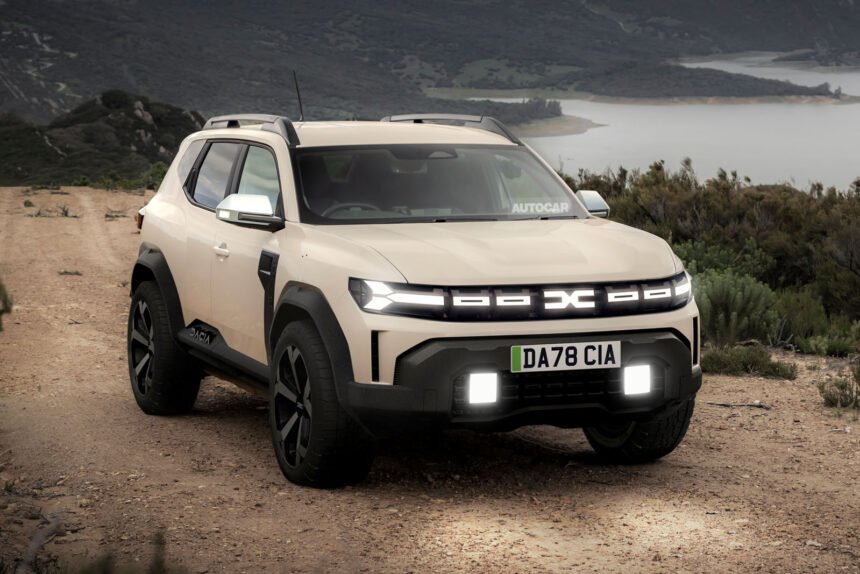Dacia’s Electric Future: What Lies Ahead for the Duster
With the automotive industry rapidly shifting towards electric vehicles, Dacia is gearing up for an electrified future. The implications of this transition are significant for the Duster, a popular and affordable 4×4 that is set to compete in the electric era.
The Duster, which is very close in size to the 4, will soon face competition from electric counterparts such as Fiat’s upcoming Grande Panda 4×4 and Toyota’s ‘baby’ Land Cruiser. Dacia is not shying away from this challenge, as they plan to introduce a new range-topping hybrid 4×4 version of the third-generation Duster later this year. With an electrified back axle providing all-wheel drive, the Duster aims to rival models like the Jeep Avenger 4xe.
Following the launch of the hybrid Duster, Dacia is also set to introduce an all-electric version of the Sandero hatchback in 2027. This move signifies Dacia’s commitment to embracing electric mobility across its model lineup.
Furthermore, Dacia is expanding its range with the introduction of two new C-segment models alongside the Bigster. While details about these new models are scarce, they are expected to initially feature internal combustion engines before potentially transitioning to electric powertrains in the future.
Looking ahead, Dacia is also planning to launch a £15,000 electric city car in 2023 to replace the Spring. This new model will be built in Europe, catering to the growing demand for affordable and eco-friendly urban mobility solutions.
Despite the push towards electrification, the Duster is expected to continue in its current ICE-powered form alongside the electric version. Dacia’s parent company, Renault, has adopted a similar strategy with models like the Clio and the electric 5, offering customers a choice between traditional and electric powertrains.
While Dacia has not confirmed whether electric and ICE-powered cars will be produced in the same factory, the brand emphasizes the cost-saving benefits of building all models on the same production line. This approach is likely to continue in the electric era, ensuring that Dacia can offer affordable electric vehicles without compromising on quality.







